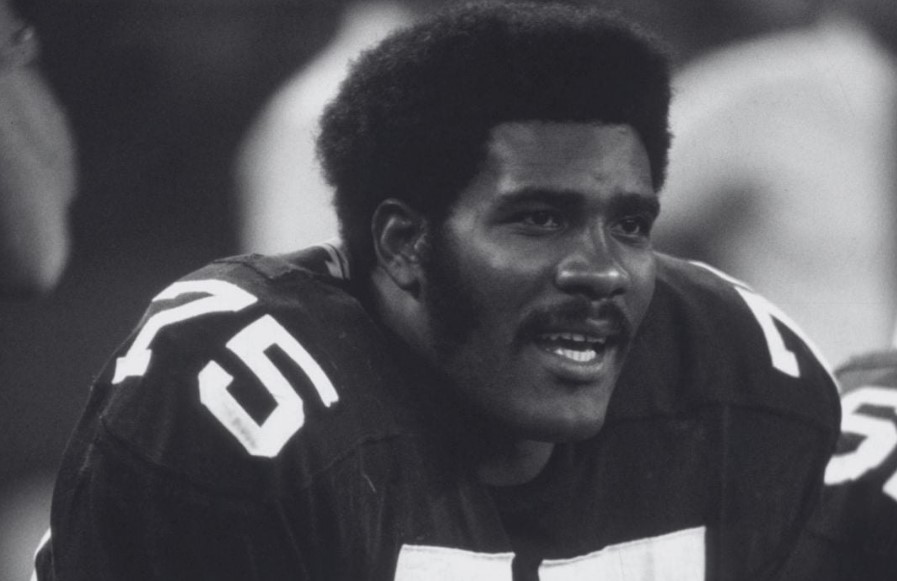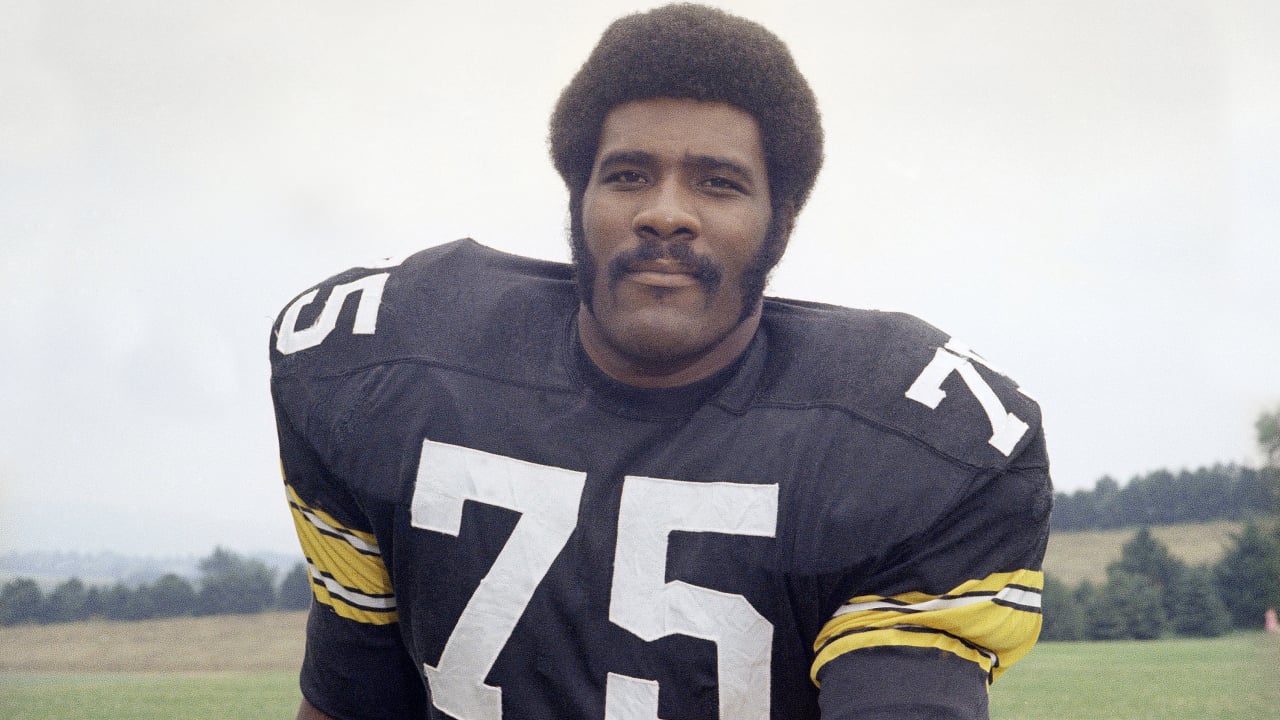NFL Legend “Mean” Joe Greene After Battle With Terminal Illness
When the Pittsburgh Steelers selected Charles Edward “Mean” Joe Greene with the fourth overall pick in the 1969 NFL Draft, the franchise was desperate for change. The Steelers were a struggling team — 36 years old and without a single championship. That draft choice didn’t just change their defensive line; it changed the identity of the entire organization. Greene’s arrival became the spark that transformed Pittsburgh from perennial underdog into one of the most dominant dynasties in sports history.
The Turning Point in Steelers History

Before Greene, the Steelers were an afterthought in the league. After him, they became feared. Under head coach Chuck Noll, the rookie defensive tackle from North Texas quickly established himself as the cornerstone of the Steel Curtain defense, a unit that redefined physical football in the 1970s.
With Greene leading from the trenches, the Steelers built a team that played with purpose — disciplined, relentless, and united. Between 1974 and 1979, they captured four Super Bowl titles in just six years (Super Bowls IX, X, XIII, and XIV) — an achievement no other franchise had accomplished at the time.
Noll once said of him, “When we drafted Joe Greene, the Pittsburgh Steelers stopped being a joke — and started being champions.” That statement wasn’t just coachspeak; it was truth. Greene brought an attitude that infected everyone around him — a refusal to accept mediocrity, a hunger that lifted an entire city.
The Heart Behind “Mean” Joe Greene
On the field, Greene was unstoppable. Standing 6-foot-4 and weighing 275 pounds, he was both a wall and a weapon — powerful enough to overpower double teams, yet quick enough to chase down running backs. His nickname, “Mean,” came from his ferocity, but those who knew him best understood that behind the fury was a deep sense of loyalty and humanity.
Teammates called him the emotional core of the team. Terry Bradshaw, the quarterback who shared those championship years, once said, “Joe wasn’t just our enforcer — he was our conscience.” He demanded excellence, but he also protected his teammates, lifting them up when they faltered.
That mix of toughness and compassion made Greene special. His leadership wasn’t loud or theatrical; it was earned through sweat and respect. When he spoke, the locker room listened. When he played, the league took notice.
The Legacy of the Steel Curtain

In his 13 seasons with the Steelers, Greene collected 10 Pro Bowl selections, five First-Team All-Pro honors, and was named NFL Defensive Player of the Year twice (1972, 1974). He anchored a defense that allowed the fewest points in the league multiple times and became the gold standard for how champions were built — from the inside out.
Beyond numbers, Greene’s influence extended into the psychology of the game. He taught opponents that intimidation could coexist with integrity, and he taught teammates that discipline could coexist with dominance. His leadership shaped legends: Jack Lambert, Jack Ham, Mel Blount, and L.C. Greenwood — all became household names under his watch.
When Greene retired after the 1981 season, the Steelers retired his No. 75 jersey — one of only three numbers in franchise history to be permanently honored. Six years later, in 1987, he was inducted into the Pro Football Hall of Fame, where his bronze bust stands among the game’s immortals.
More Than a Player
After stepping off the field, Greene stayed connected to the game he loved. He spent time as an assistant coach and later as a front-office executive, mentoring players who grew up watching him on highlight reels. His fingerprints can be found on generations of Steelers who carried forward the standard he set — toughness balanced with humility.
But it wasn’t just football that defined him. Greene became a symbol of decency in a sport often dominated by ego. His iconic Coca-Cola commercial in 1979 — where he tosses his jersey to a young fan — showed the world a softer side of the feared defensive tackle. That moment, simple yet unforgettable, became one of the most beloved ads in sports history.
Facing His Toughest Opponent

In his later years, Greene faced a challenge no playbook could prepare him for — a terminal illness that tested the very resilience that had carried him through decades of battle. Those close to him described his quiet dignity and determination to stay strong for his family, teammates, and fans.
Though his health struggles were largely kept private, reports of his declining condition stirred deep concern across the football world. Players, coaches, and fans alike sent tributes, recalling not just his greatness as a player, but his humanity.
Even as he fought through his illness, Greene remained gracious. Friends say he continued to mentor younger athletes, reminding them that “football ends — character doesn’t.”
A Legacy That Transcends the Game
Joe Greene’s impact isn’t just measured in tackles or trophies. It lives on in every player who wears black and gold, in every fan who still believes that heart can outweigh size, and in every underdog who refuses to quit.
His story is the story of the Pittsburgh Steelers — of rebirth, resilience, and brotherhood. For decades, he was the face of a city built on iron and perseverance, and in his final battle, he showed that same unyielding spirit that made him a legend.
From the roar of Three Rivers Stadium to the quiet reverence of the Hall of Fame, “Mean” Joe Greene stands as proof that greatness is not defined by what you conquer, but by how you inspire others to keep fighting — no matter the odds.
Sources:

